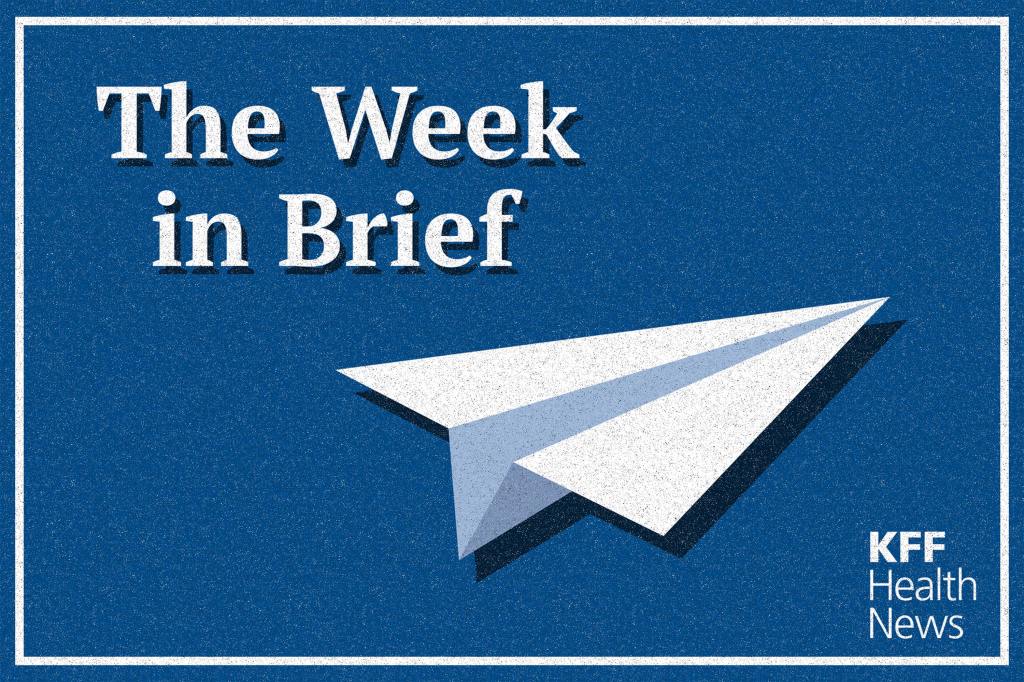While the Senate budget bill released this week proposes deep funding cuts and work requirements for Medicaid — proposals likely to increase the number of people without health insurance — another big health care issue looms that could affect millions unless Congress acts.
Enrollment in the Affordable Care Act’s health insurance marketplace has soared over the past four years, especially in states that went for President Donald Trump in 2024. But next year, things might be very different.
That record enrollment has been driven by a Biden-era enhancement for subsidies that lower the out-of-pocket cost of premiums for eligible people. Those enhanced subsidies are due to expire at the end of the year unless Congress extends them.
If they don’t, ACA enrollees’ health insurance premiums would rise by more than 75% on average, with bills for people in some states more than doubling, according to estimates from KFF, a health information nonprofit that includes KFF Health News.
Of the more than 24 million Americans who signed up for insurance through the marketplace this year, 9 in 10 receive a subsidy. Many are unaware that the enhanced subsidies are in place only through Dec. 31.
Fabiola Auguste, a Florida insurance agent who lives in Miami-Dade County, said the enhanced subsidy reduced the premiums she pays by more than half, to $20 a month. If she can’t afford her premiums next year, Auguste said, she would most likely end up uninsured.
“That would be, like, scary,” she said. “Just like before, everybody would stay without insurance until something happens, then you go to the hospital and ask for emergency Medicaid.”
Low-income enrollees such as Auguste would experience the biggest bump in premiums if enhanced subsidies expire. Middle-income enrollees who earn more than four times federal poverty ($62,600 for a single person or $84,600 for a couple in 2025) would be ineligible for subsidies.
Those middle-income enrollees are disproportionately older (ages 50 to 64), self-employed, and living in rural areas, according to a KFF analysis. A study by the Urban Institute, a nonprofit think tank, found that Hispanic and Black people would see greater coverage losses than other groups if the extra subsidies lapse.
The Congressional Budget Office estimates ACA enrollment would drop from 22.8 million in 2025 to 18.9 million in 2026 and 15.4 million by 2030. While some people might be able to find other sources of coverage, others would become uninsured.
Brian Blase, president of Paragon Health Institute, a conservative health policy think tank, said the enhanced subsidies were supposed to be a temporary measure during the covid pandemic to help people at risk of losing coverage.
Allowing the subsidies to expire, he said, “is really going back to what the Obamacare structure was like,” he said.
KFF Health News is a national newsroom that produces in-depth journalism about health issues and is one of the core operating programs at KFF—an independent source of health policy research, polling, and journalism. Learn more about KFF.
USE OUR CONTENT
This story can be republished for free (details).










